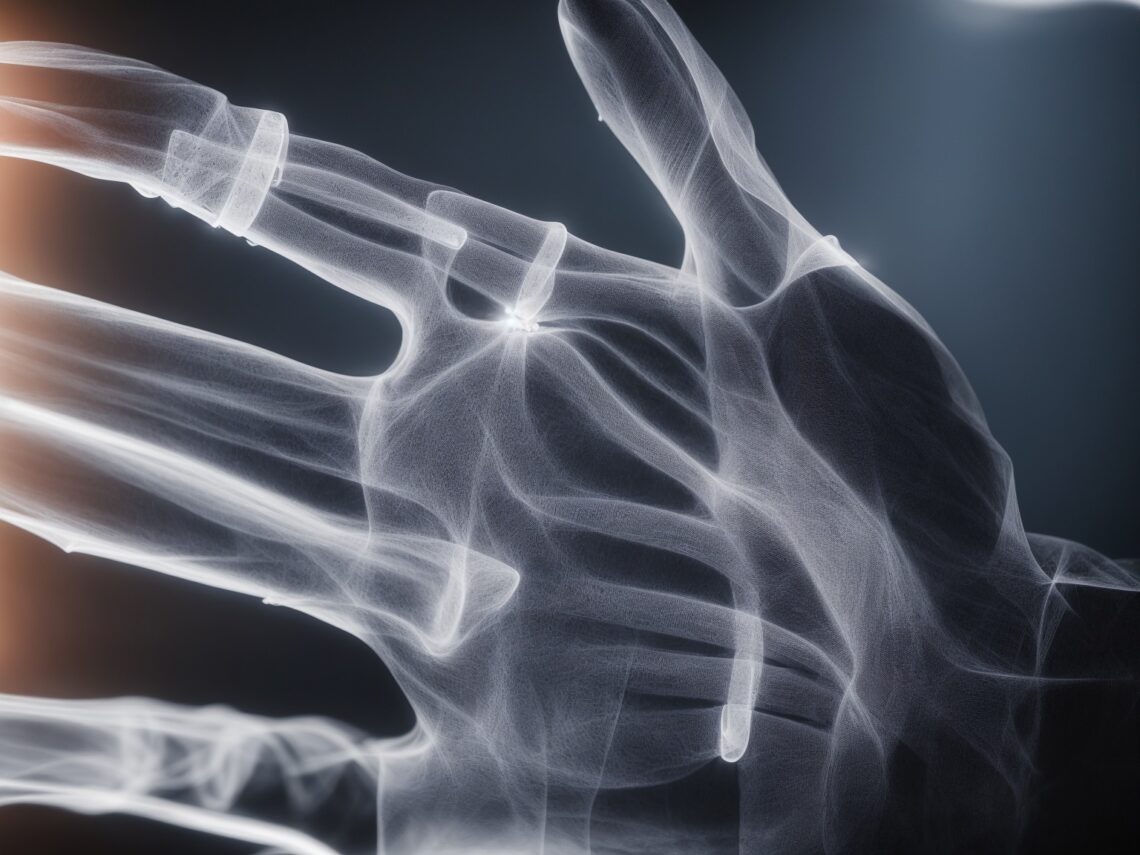
Radiology’s Influence in Healthcare
Radiology, an indispensable arm of contemporary healthcare, is a field that has revolutionized the way medical professionals diagnose, treat, and understand various health conditions. In Canada, like in the rest of the world, radiology has evolved to become a cornerstone of patient care, offering unparalleled insights into the human body.
The Essence of Radiology in Healthcare
Radiology involves the use of imaging technologies to view the internal aspects of the body. This non-invasive insight is crucial for accurate diagnoses, guiding treatments, and monitoring progress.
1. Diagnostic Powerhouse: Central to radiology is its ability to identify diseases early. Conditions like cancers, fractures, and internal injuries are diagnosed with technologies such as X-rays, CT scans, MRI, and ultrasounds. Early detection often leads to better outcomes, proving radiology’s worth in preventive healthcare.
2. Guiding Treatment: Interventional radiology, a sub-specialty, allows for minimally invasive procedures. Guided by imaging, doctors can treat conditions without the need for large incisions, reducing recovery times and improving patient comfort.
3. Monitoring Disease Progression: Radiology is pivotal in tracking the evolution of a disease. Whether assessing tumor shrinkage post-chemotherapy or monitoring chronic conditions, imaging provides essential data for ongoing care management.
Technologies in Radiology and Their Applications
Radiology encompasses several imaging techniques, each with unique applications: • X-Rays: Fundamental in detecting bone fractures, lung infections, and certain tumours.
• CT Scans: Offer detailed images of the body’s internal structures, vital in diagnosing cancer, internal injuries, and vascular diseases.
• MRI: Provides high-resolution images, especially useful for neurological, musculoskeletal, and cardiac conditions.
• Ultrasound: Common in obstetrics for monitoring fetal development, but also used for examining soft tissues and guiding biopsies.
• PET Scans: Integral in oncology for locating cancer spread and evaluating treatment effectiveness.
Radiology’s Role in Disease Detection
• Cancer Detection: Radiology is pivotal in identifying various cancers, often before symptoms arise. Mammography, for instance, has significantly improved breast cancer detection rates.
• Cardiovascular Diseases: Imaging tests like echocardiograms and angiography help diagnose heart diseases, arterial blockages, and more.
• Neurological Disorders: CT and MRI scans are essential in detecting strokes, brain tumors, and other neurological issues.
• Musculoskeletal Conditions: From sports injuries to arthritis, radiology aids in viewing bone and joint health.
• Gastrointestinal Problems: Various imaging methods assist in diagnosing conditions like appendicitis, bowel obstructions, and liver diseases.
The Future of Radiology
Advancements in radiology continue at a rapid pace. AI integration, for example, is enhancing image analysis, promising more accurate and quicker diagnoses. The advent of tele-radiology has also expanded access to expert radiological interpretations, especially in remote areas of Canada.
The role of radiology in healthcare is both expansive and profound. As technology advances, its capabilities only grow, cementing its place as a vital tool in modern medicine. From early detection to treatment guidance, radiology’s impact on patient outcomes is undeniable. As it evolves, it will continue to shape the landscape of healthcare, offering brighter prospects for patient care.

